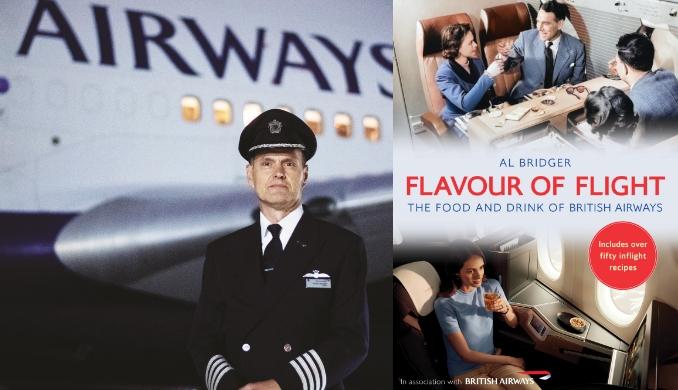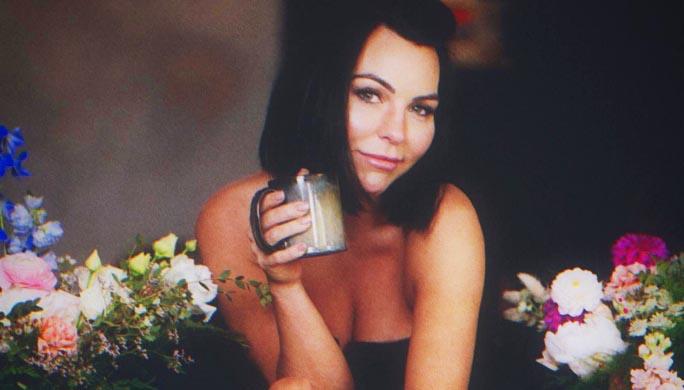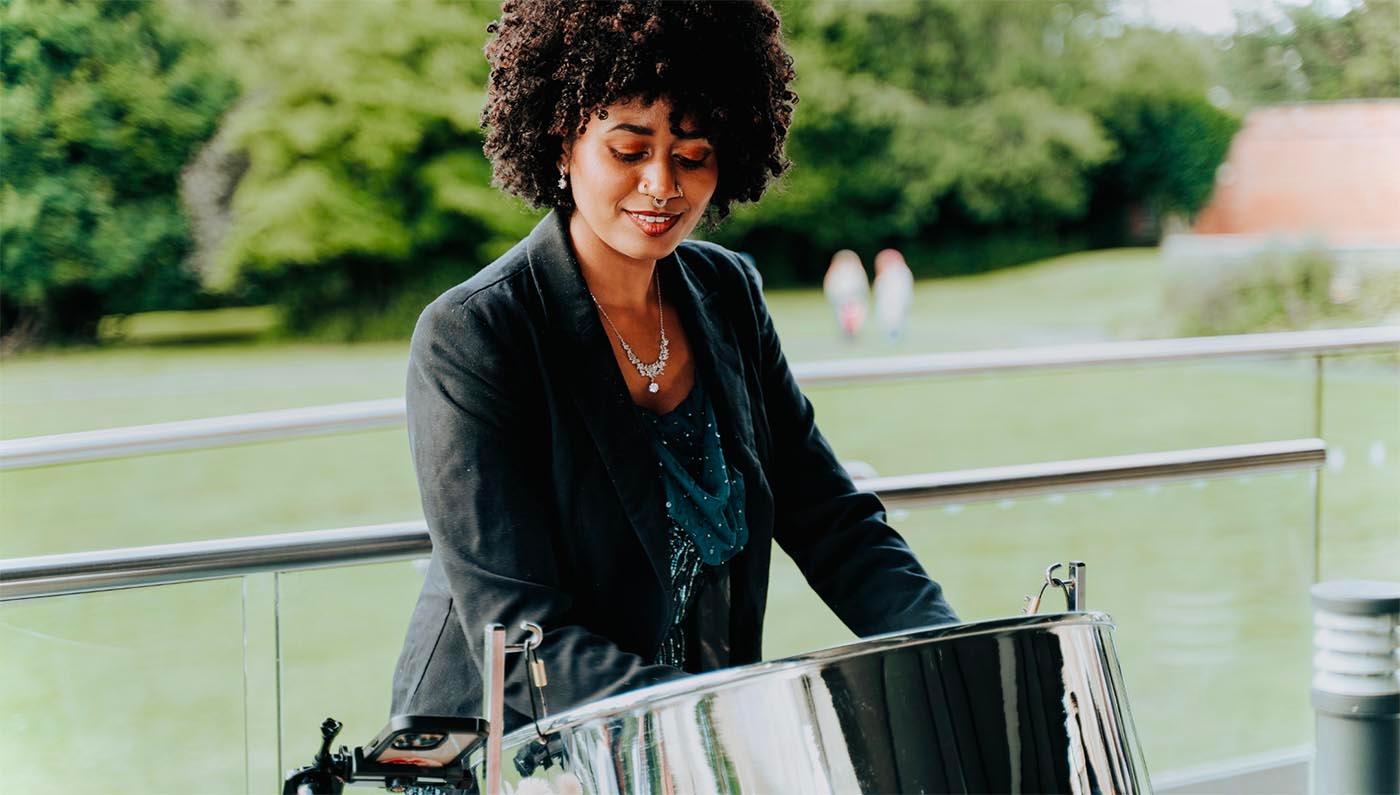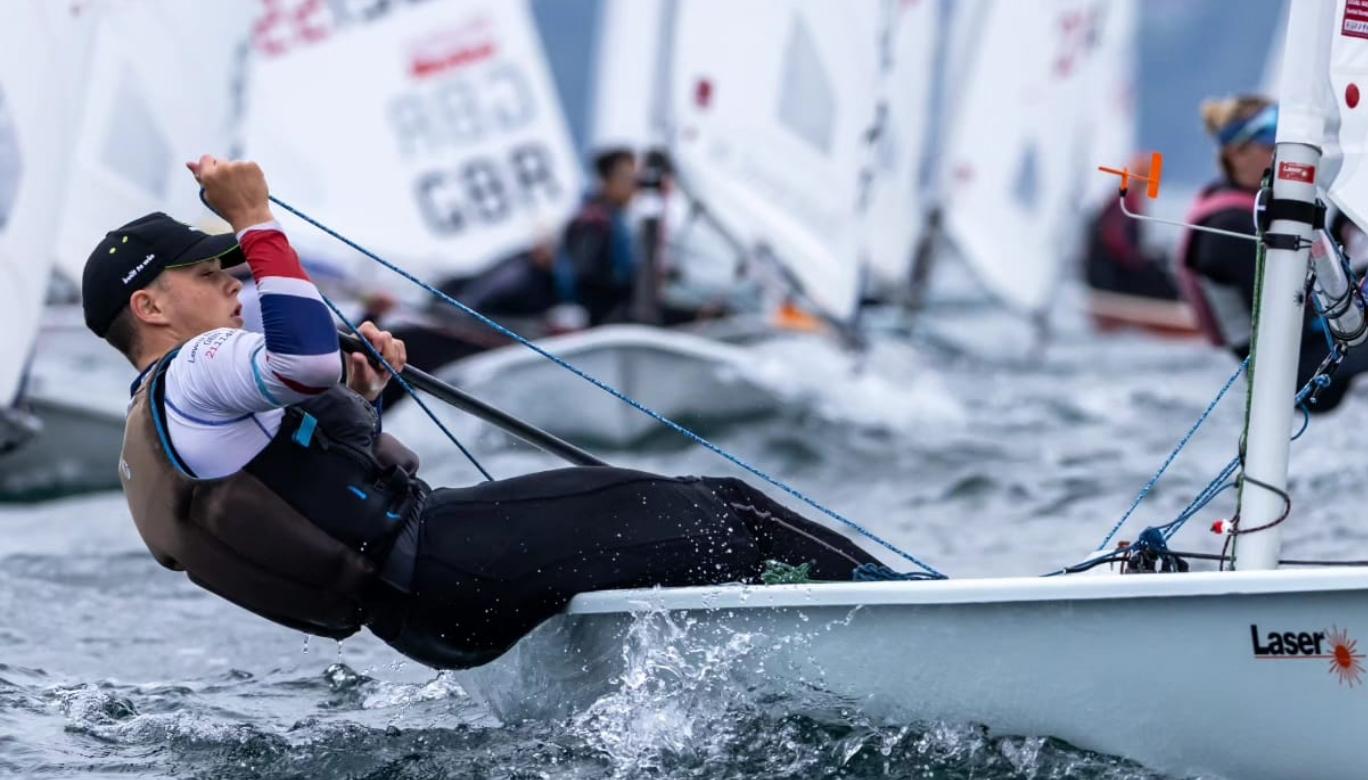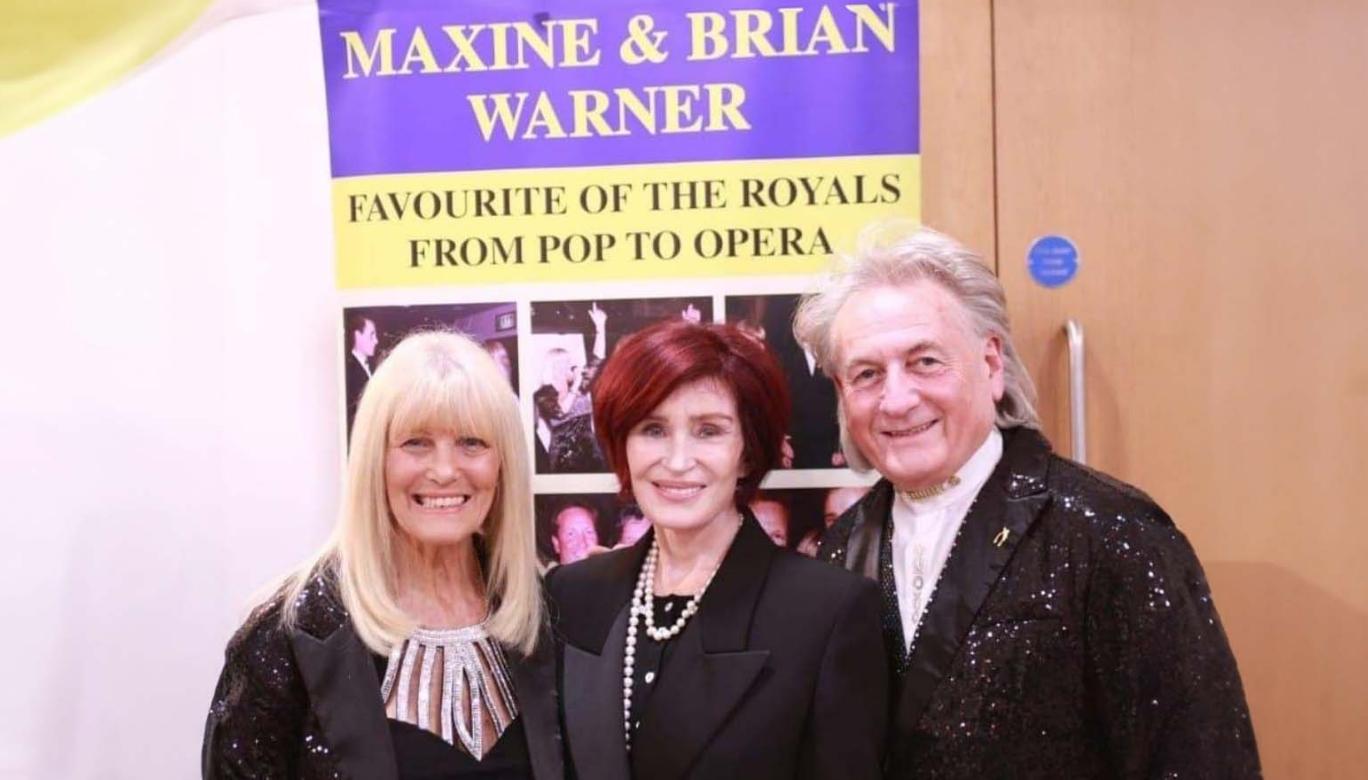The Archelon Project in Crete
by Catherine Evans
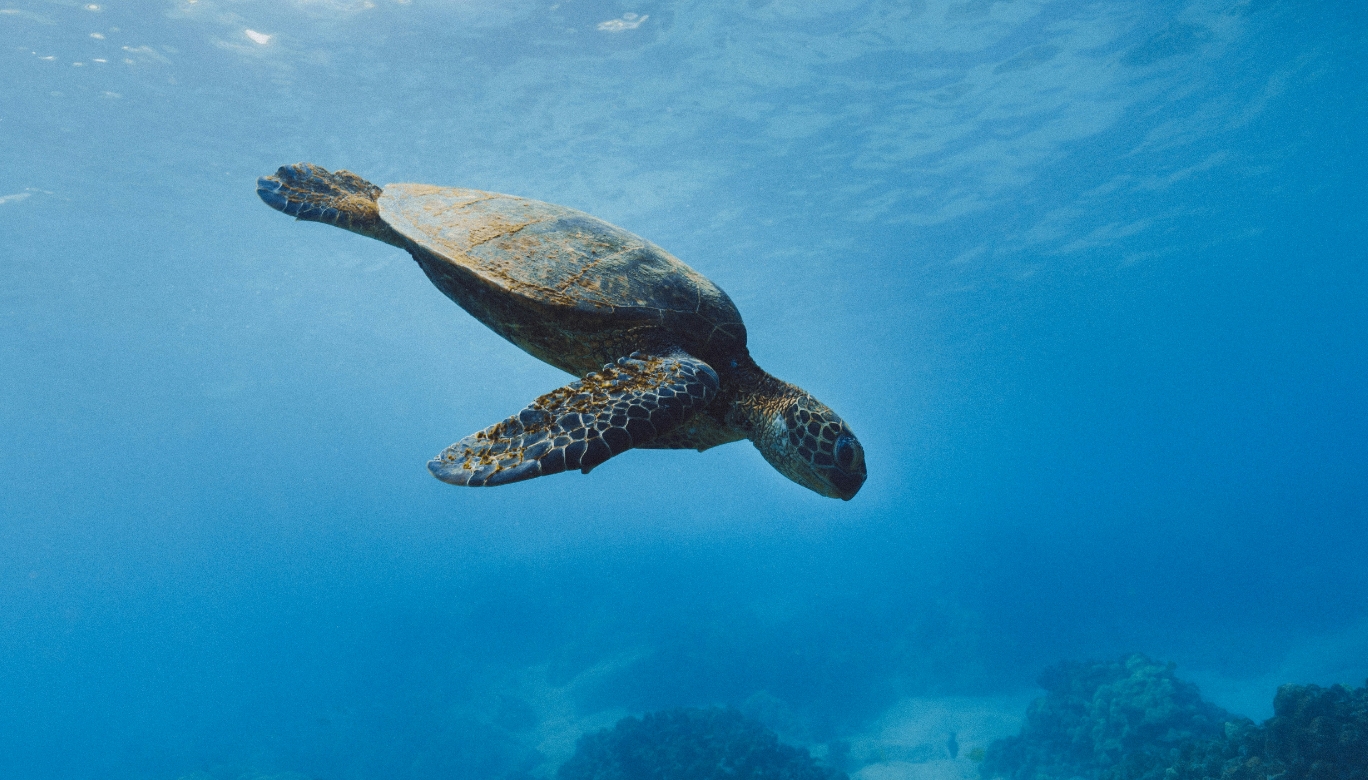
Every year, hundreds of thousands of Brits flock to warmer climes to enjoy a bit of reliable sunshine, and a good number go to Greece for its wonderful beaches, warm water, cheap and delicious food, and of course, for the nightlife. Artists have always loved the country for the clarity of the light and for its jaw-dropping natural beauty.
Holidaymakers are not always conscious of how the tourism trade affects the local wildlife, but it doesn’t take much to find out, and to take steps to be a wildlife ally. A couple of years ago, aged 19, my niece went to Crete as a volunteer, and joined the Archelon Project, to help monitor and conserve the local turtle population. This involved monitoring 14 kilometres of nesting beaches, protecting and monitoring the nesting female turtles, and most importantly, to promote co-operation with the local community and those in the tourism industry to ensure the turtles’ long-term conservation.
Being supportive relatives (or nosy, embarrassing old bags) my sister and I decided to gatecrash her working holiday, dragging my then 10-year-old daughter with us. I think Kate was secretly pleased, as we rented a very comfortable house, and while we were there, she got to sleep in a bed and have a hot shower, plus get her laundry done, none of which was easy on a sweltering campsite.
We were only there for a week, but we left Chania knowing an awful lot about turtles. We saw Kate and her team excavate a nest, one that had been relocated, as the mother turtle had laid eggs fat too close to the water, so they were in danger of drowning before they were even hatched. This was not a sign of her ineptitude. It’s because, like salmon, they have a blind urge to lay eggs in the place in which they themselves hatched, so they have an unerring inner GPS that takes them back to their own birthplace. If it’s no longer suitable as a nest – say a whacking great hotel has been plonked upon it – then that’s just tough luck. Her urge to lay and bury her eggs is so strong that she gets as close as she can. Once she’s finished the job, she doesn’t stick around. She lays 80-100 eggs at one time, fertilised by different males to ensure a nice diverse gene pool, then she sods off, leaving her progeny to fend for themselves.
Any creature having that many babies doesn’t want to get too attached to them. Only one in a thousand make it to adulthood. Partly, this is just the brutal natural order. Like frogspawn, turtle eggs and hatchlings make a spiffing snack for a host of other species, but even taking this into account, the survival odds are slim.
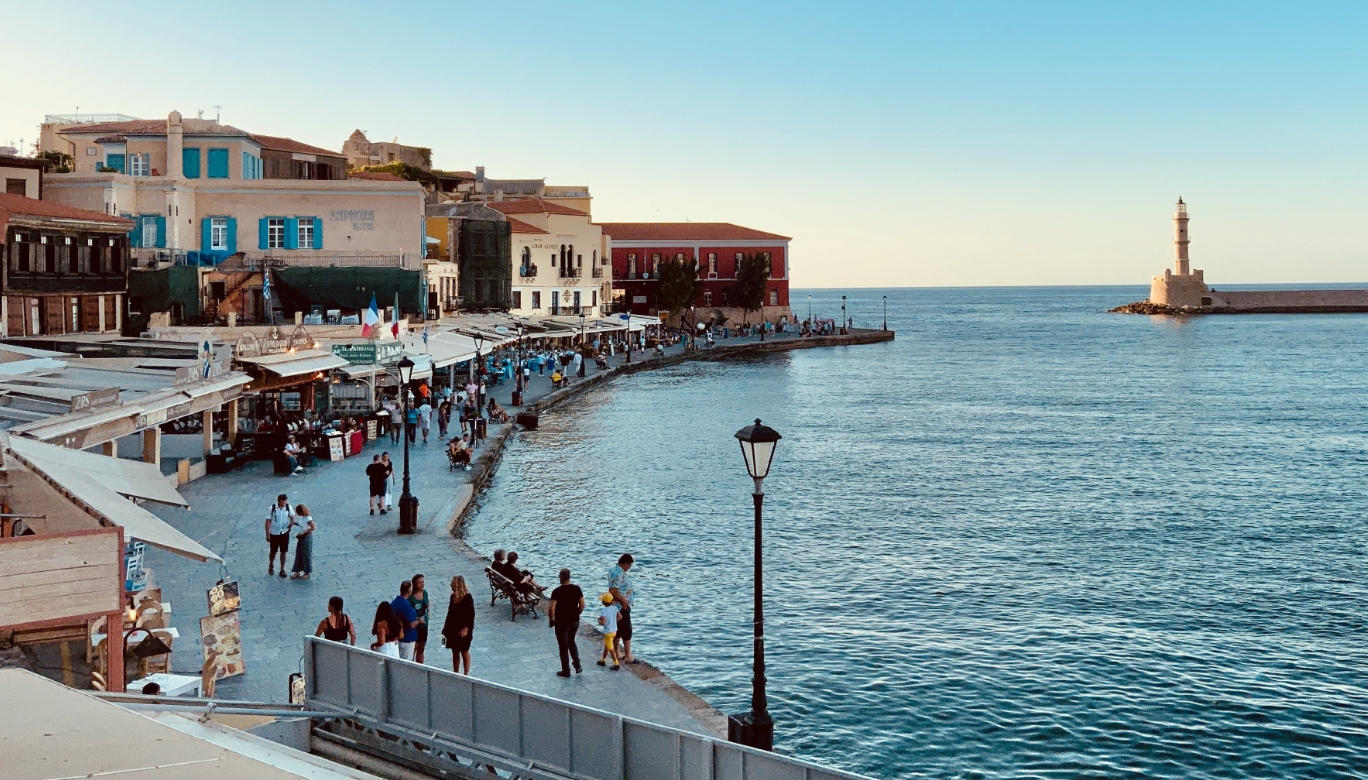
Turtles usually hatch at night, and are guided by moonlight reflecting on the water to get to sea. It’s essential that they make the journey themselves, as the effort they expend moving from the nest to the water opens up their tiny lungs and airways, allowing them to survive in water. Often, well-meaning individuals pick them up to ‘help’ them on their way. Unless their lungs have cleared, they are unfit swimmers and will drown.
Heartbreakingly, many of these tiny creatures are misled by the lights of the hotels, seaside restaurants and bars that crowd the shore, and make their journey in the wrong direction. These unfortunates will usually die of exhaustion without ever hitting a drop of water.
Baby turtles are unbelievably cute and photogenic. This is all very well if people take photos of them during the day, but more often, they will take pictures by night, as that’s when they hatch. The flash from a camera can blind a baby turtle permanently. A blind turtle is not likely to live very long.
For all of the above reasons, the Archelon team spend a lot of time trying to educate locals and tourists to do whatever they can to improve the survival odds for these amazing creatures, which have been around since dinosaur days.
The excavation we saw was highly successful. The vast majority of the hatchlings made it to the water. Three had to be re-buried to restock their stores of energy as they were too exhausted to make it first time. There are tiny air pockets in the sand allowing them to breathe while they recharge their batteries, before they make another dash for the water when the temperature of the sand drops, telling them it’s nighttime.
So, if you’re lucky enough to see a baby turtle on its maiden voyage, just watch and enjoy the moment, and resist the temptation to interfere. If it’s going the wrong way, gently turn it around with a stick, and tap the sand in front of you to guide it in the right direction. They respond to vibrations in front of them, as they’re usually part of a horde of babies all making a break for it together
I was terribly proud of Kate – when I was her age I also went to Greece, but not to do anything more worthwhile. I was too busy drinking cocktails and having a good time, although I strongly suspect she did a bit of that as well.
Here’s a link if you’d like to learn more about the Archelon Project: https://archelon.gr/en/
Features







